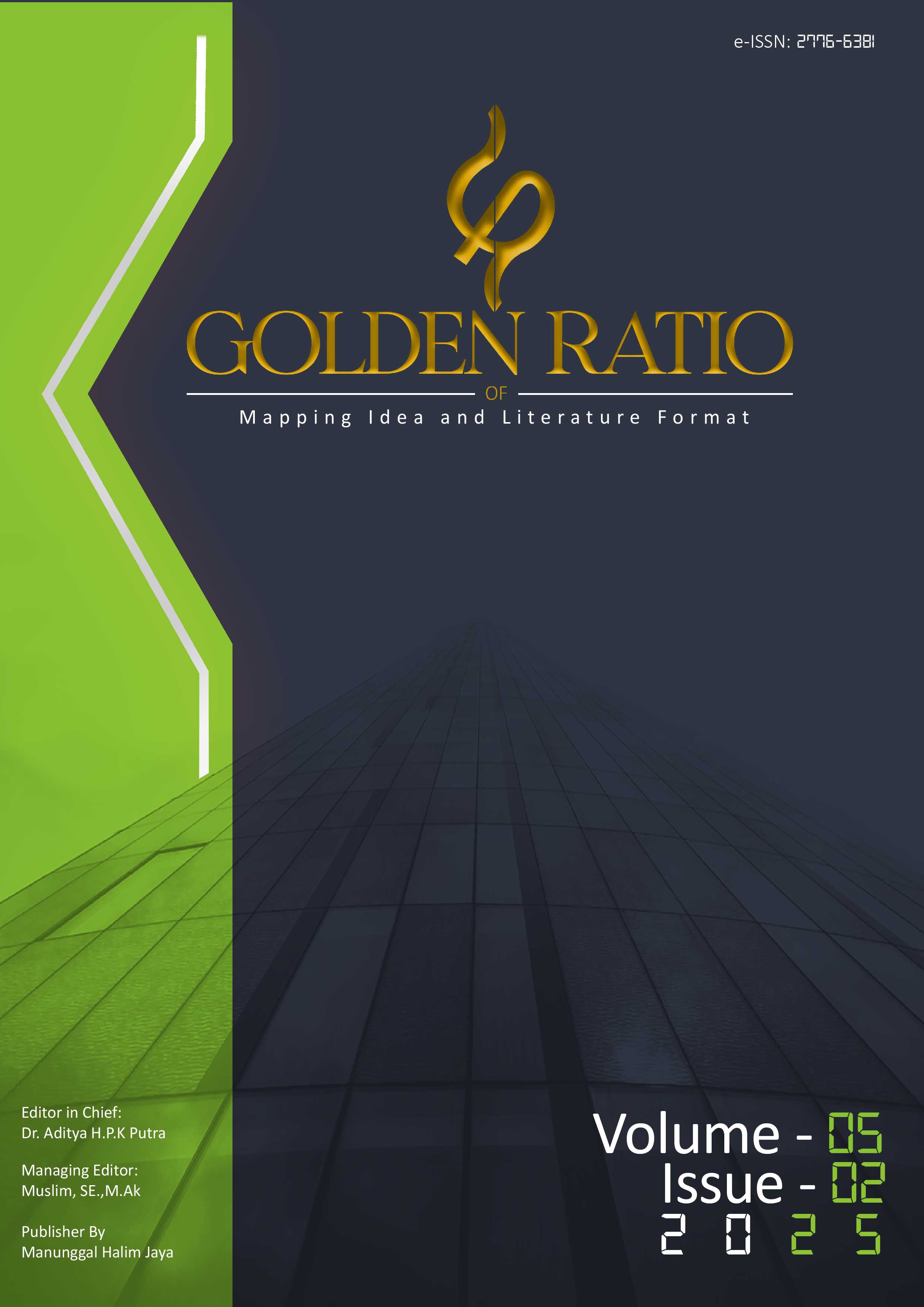Main Article Content
Abstract
This study aims to analyze the impact of women's access to Islamic financing products on family welfare. The study used a qualitative approach with a case study method conducted on female customers of Islamic financial institutions in Ternate City. Data were collected through in-depth interviews, observation, and documentation, then analyzed using thematic analysis. The results show that access to Islamic financing has a positive impact on five main dimensions of family welfare: improving household finances, continuing children's education, improving health quality, household harmony, and women's empowerment. Islamic financing schemes such as murābaḥah, qardhul ḥasan, and microfinance help women increase business capacity, allocate funds for education and health, and create family stability. This study confirms that Islamic financing is not only an economic instrument, but also a social and spiritual instrument that supports the achievement of maqāṣid al-syarī'ah and holistic family welfare.
Keywords
Article Details

This work is licensed under a Creative Commons Attribution-ShareAlike 4.0 International License.
References
- Antara. (2023, April 4). OJK: Literasi keuangan perempuan lebih unggul daripada laki-laki. ANTARA News. https://www.antaranews.com/berita/4233819/ojk-literasi-keuangan-perempuan-lebih-unggul-daripada-laki-laki
- Asutay, M. (2012). Conceptualising and locating the social failure of Islamic finance: Aspirations of Islamic moral economy vs the realities of Islamic finance. Asian and African Area Studies, 11(2), 93–113.
- Creswell, J. W. (2014). Research design: Qualitative, quantitative, and mixed methods approaches (4th ed.). Sage.
- Islam, N. (2022). Impact of micro-credit on the livelihoods of clients: A study on Sunamganj District. arXiv. https://arxiv.org/abs/2206.02798
- Kabeer, N. (2005). Gender equality and women’s empowerment: A critical analysis of the third Millennium Development Goal. Gender and Development, 13(1), 13–24. https://doi.org/10.1080/13552070512331332273
- Kontan. (2025, May 4). Gap lebar antara literasi dan inklusi keuangan syariah pada 2025, ini kata OJK. Kontan.co.id. https://keuangan.kontan.co.id/news/gap-lebar-antara-literasi-dan-inklusi-keuangan-syariah-pada-2025-ini-kata-ojk
- Media Indonesia. (2024, March 8). Perempuan kunci penggerak ekonomi tanah air, literasi keuangan perlu ditingkatkan. MediaIndonesia.com. https://mediaindonesia.com/ekonomi/691672/perempuan-kunci-penggerak-ekonomi-tanah-air-literasi-keuangan-perlu-ditingkatkan
- Miles, M. B., & Huberman, A. M. (1994). Qualitative data analysis: An expanded sourcebook (2nd ed.). Sage.
- Otoritas Jasa Keuangan. (2022). Siaran pers: Survei nasional literasi dan inklusi keuangan tahun 2022. OJK. https://www.ojk.go.id/id/berita-dan-kegiatan/siaran-pers/Pages/Survei-Nasional-Literasi-dan-Inklusi-Keuangan-Tahun-2022.aspx
- Pitt, M. M., & Khandker, S. R. (1998). The impact of group-based credit programs on poor households in Bangladesh: Does the gender of participants matter? Journal of Political Economy, 106(5), 958–996. https://doi.org/10.1086/250037
References
Antara. (2023, April 4). OJK: Literasi keuangan perempuan lebih unggul daripada laki-laki. ANTARA News. https://www.antaranews.com/berita/4233819/ojk-literasi-keuangan-perempuan-lebih-unggul-daripada-laki-laki
Asutay, M. (2012). Conceptualising and locating the social failure of Islamic finance: Aspirations of Islamic moral economy vs the realities of Islamic finance. Asian and African Area Studies, 11(2), 93–113.
Creswell, J. W. (2014). Research design: Qualitative, quantitative, and mixed methods approaches (4th ed.). Sage.
Islam, N. (2022). Impact of micro-credit on the livelihoods of clients: A study on Sunamganj District. arXiv. https://arxiv.org/abs/2206.02798
Kabeer, N. (2005). Gender equality and women’s empowerment: A critical analysis of the third Millennium Development Goal. Gender and Development, 13(1), 13–24. https://doi.org/10.1080/13552070512331332273
Kontan. (2025, May 4). Gap lebar antara literasi dan inklusi keuangan syariah pada 2025, ini kata OJK. Kontan.co.id. https://keuangan.kontan.co.id/news/gap-lebar-antara-literasi-dan-inklusi-keuangan-syariah-pada-2025-ini-kata-ojk
Media Indonesia. (2024, March 8). Perempuan kunci penggerak ekonomi tanah air, literasi keuangan perlu ditingkatkan. MediaIndonesia.com. https://mediaindonesia.com/ekonomi/691672/perempuan-kunci-penggerak-ekonomi-tanah-air-literasi-keuangan-perlu-ditingkatkan
Miles, M. B., & Huberman, A. M. (1994). Qualitative data analysis: An expanded sourcebook (2nd ed.). Sage.
Otoritas Jasa Keuangan. (2022). Siaran pers: Survei nasional literasi dan inklusi keuangan tahun 2022. OJK. https://www.ojk.go.id/id/berita-dan-kegiatan/siaran-pers/Pages/Survei-Nasional-Literasi-dan-Inklusi-Keuangan-Tahun-2022.aspx
Pitt, M. M., & Khandker, S. R. (1998). The impact of group-based credit programs on poor households in Bangladesh: Does the gender of participants matter? Journal of Political Economy, 106(5), 958–996. https://doi.org/10.1086/250037
